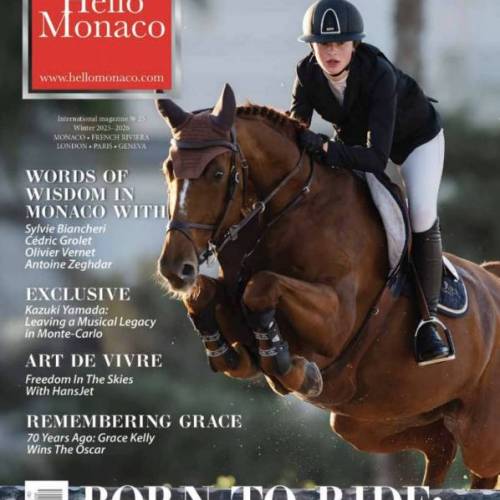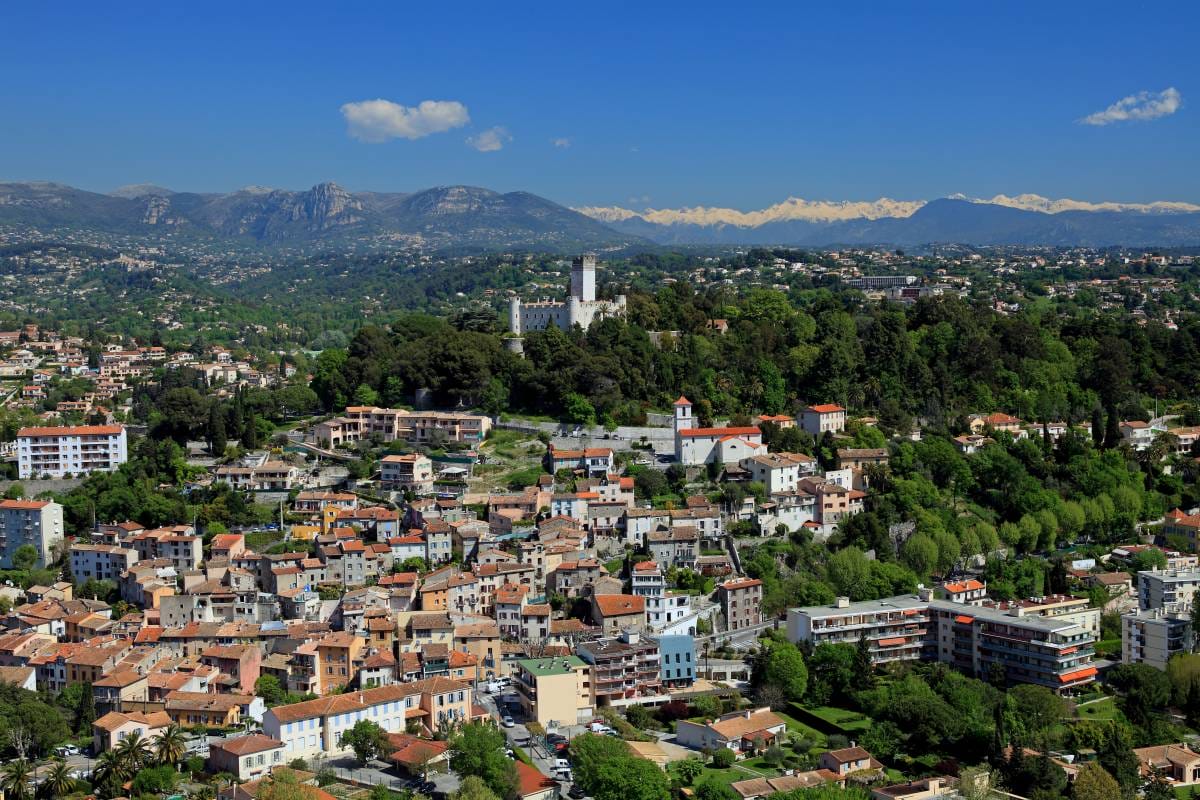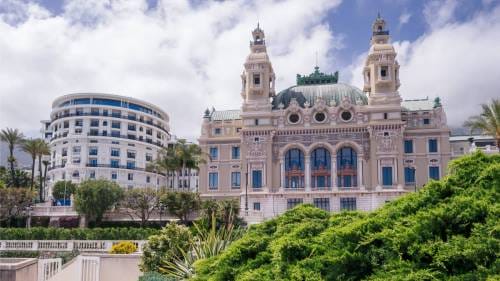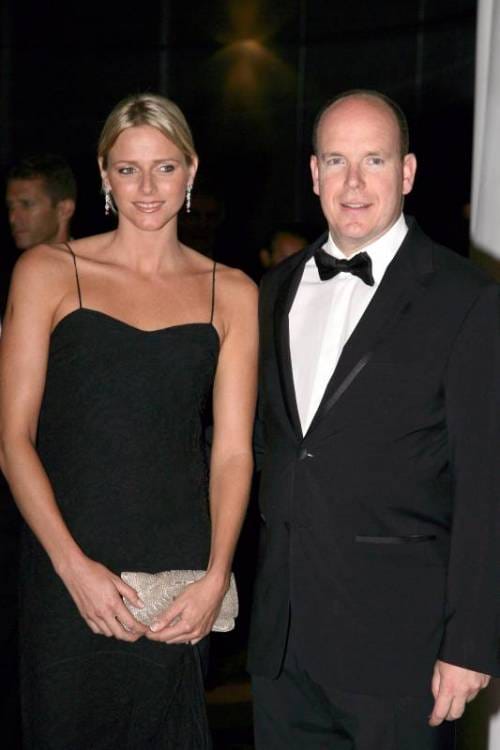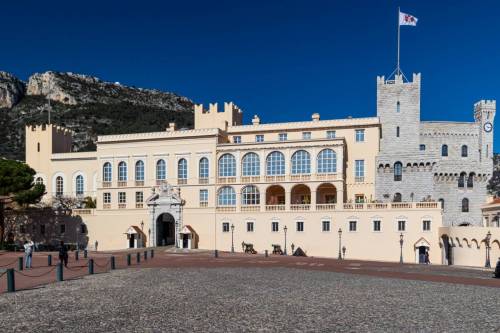Villeneuve-Loubet has an extraordinary history woven into the journey through time of the Grimaldi family. And history does not stop there with those personalities and royalty that held its Fortress safe and roamed its forests. Villeneuve-Loubet has a lively future yet to unfold attached to the Princes of Monaco and their fondness for those sites where their footsteps trod in building a 700 year dynasty. Villeneuve-Loubet made its mark for posterity!
A Century of Villeneuve under the Grimaldis
The scene is set … Kings, Counts, Lords and Princes, as well as Popes and Emperors all positioning around Monaco in the Middle Ages vying for control of its strategic position, its Rock Fortress and strategic harbour able to fortify fleets and pose a threat to enemies patrolling the Mediterranean. The Grimaldis rooted here are key to the balance of power among the powerful factions. And in 1312, the King of Naples called upon Rainier I, First Lord of Monaco for help. Rainier, appointed admiral of France, had in prior years saved the royal fleet of Philip IV (Philippe le Bel), in 1304 against the Flemish.Robert, King of Naples, being occupied with his duties in his home base, needed a faithful man to take charge of his fiefdom of Villeneuve in the South of France, a sensitive point in the defense of the territory between Antibes and the Var. Thus Rainier of Monaco was appointed as castellan of Villeneuve by decision of Robert the Wise. Rainier I of Monaco became the captain of the fortress and was responsible for its defense and good order. This marks the first appearance of the Grimaldis in the history of Villeneuve.
Two years later Rainier I died and his eldest son Charles formally took over this task for almost half a century. However, stretched thin and occupied in Italy in the service of the King of Naples, Charles appointed a vice-castellan for the administration of the Villeneuve castle.
Upon the death of Charles Grimaldi, Rainier II took control for almost a further three decades putting in his own vice-castellans. Rainier II had entered this story in 1357. To thank the latter for his services, especially military, Queen Joan, Queen of Naples and Countess of Provence granted him the lordship of Villeneuve in the early 1360s. Finally, in 1385, Queen Marie, Queen of both Anjou and Naples, who had married the Holy Roman Emperor Sigismund and who was focused on power struggles in Hungary endowed Villeneuve to two brothers, cousins of Rainier II, Marc and Luc Grimaldi, capping a century of governance until around the year 1417 when the Grimaldi family lost control of the lordship of Villeneuve. Counting from 1312 to 1417 the Grimaldi family had been placed by the crown at the head of the castle of Villeneuve for a century.
The Grimaldi only indirectly returned to Villeneuve in 1437 when Pierre Lascaris, husband of Catherine, granddaughter of Marc Grimaldi, purchased Villeneuve.
How the “Scientist Prince” became the “Princely Hunter” in Villeneuve
What is also exciting about Villeneuve-Loubet is the imagery of two great personalities of the time Prince Albert I of Monaco and another great personality whom it would be fair to call the Prince of Cuisine, Auguste Escoffier. So just over 100 years ago the destinies of the Principality and Villeneuve-Loubet were yet again entwined.
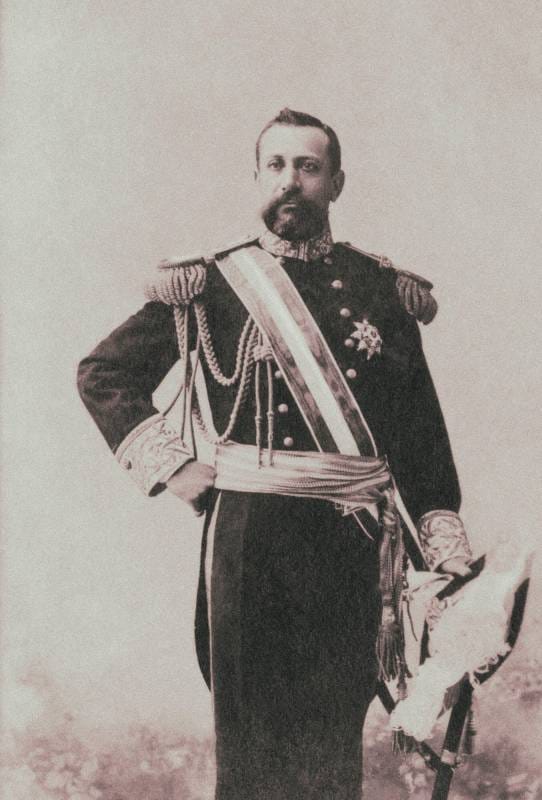
It was Albert I, the “Scholar and Scientist Prince,” who frequently visited Villeneuve-Loubet before World War I to indulge in hunting … especially for woodcock, we learn via archives. Albert I was active not only on the sea but on hunting expeditions. This sporting activity was recommended to him by his doctor because Prince Albert I was not actually as accustomed to the Mediterranean climate as much as one might think and did not tolerate the climate of the Côte d’Azur well. Unable to hunt in Monaco, Villeneuve-Loubet became his playground.
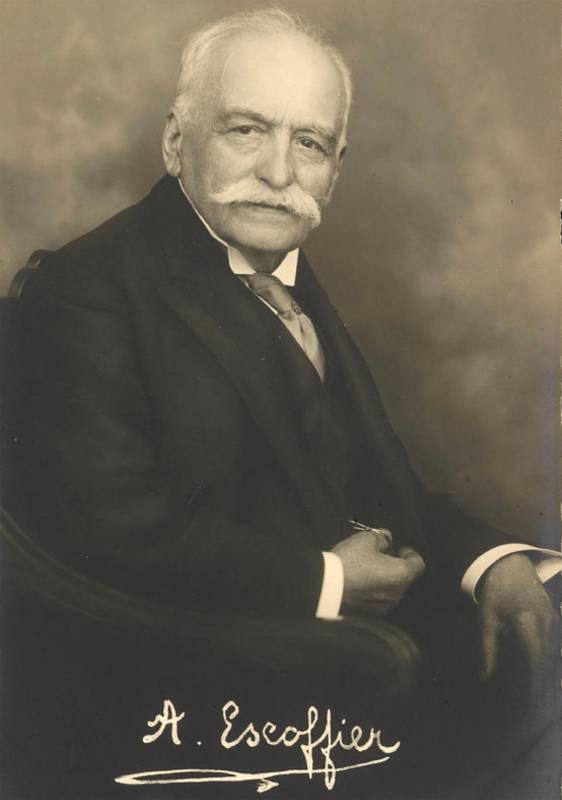
The Prince’s hunting practice was important and took on different forms. Firstly, it was for him a physical exercise allowing him to be in contact with nature and to utilize all the capabilities of his body. Furthermore, being on seafaring expeditions much of the time, it was also an opportunity to travel on land and discover the world through exploring new hunting grounds. It also involved socializing, as hunting parties provided occasions for discussions with other dignitaries or notable figures from civil society like Auguste Escoffier who was born here.
Auguste Escoffier, Monte-Carlo’s Prince of Cuisine
Born into a modest family on 28 October 1846 in Villeneuve-Loubet, the son of a farrier, at the age of thirteen Auguste Escoffier entered apprenticeship to his uncle, who ran the “Restaurant Français” in Nice. In October 1884, he became the Chef of the “Grand Hotel” in Monte-Carlo. It was managed by César Ritz. This was an important time in the career of both men, because their respective genius would allow them an extraordinary collaboration begun in Monte-Carlo that would result in the creation of the international luxury hospitality trade.
The future King of Denmark, Frederick VIII, Empress Elisabeth of Austria, King Francis II of the Two-Sicilies, Queen Victoria, the Prince of Wales, the Emperor of Brazil Don Pedro and the Grand Dukes of Russia came to Monte-Carlo, all rivalling in luxury and magnificence.
At this time, Escoffier’s menus were often created in homage to the great ladies of this society: Réjane salad, Rachel Mignonnettes of quail, Pears Mary Garden, Poularde Adelina Patti, Coupe Yvette, Strawberries Sarah Bernhardt, Peach Melba…
All the European aristocracy, the “kings” of American industry, and the greatest artists of the time, used to the refinement of César Ritz’s hotels and Escoffier’s cuisine sought them out. The Castellanes, the Breteuils, the Radziwills, the Rudinis, the Vanderbilts, Sarah Bernhardt and Nellie Melba would follow suit. It was for this famous Australian singer that in 1894 Auguste Escoffier would create his famous desert, the “Peach Swan”, in homage to her talent after hearing her in Wagner’s Lohengrin at Covent Garden. This desert became the “Peach Melba”.
Did you know that Escoffier invented the fixed price menu? Many things that we take for granted today Escoffier invented.
Other coups included, during a great ball for 600 people, to serve a cold dish called “Aurora Nymphs’ Legs”, happy to have the English — who called the French people “froggies” — unknowingly eat frogs legs, with a little help from the Prince of Wales who adored them.
Great hospitality rivals wrote: “I will sack my Chef, I would be stupid to try and rival Ritz and Escoffier”.
Escoffier also took Paris and London by storm until 1920, the year he retired to Monte-Carlo. He resided in the house he had purchased in 1884 and where his wife lived, thus achieving the work on which he was fixated: the development of French cuisine, not only in England but throughout the entire world.
Auguste Escoffier died on February 12, 1935 in his home in Monte-Carlo, two weeks after his wife Delphine. He is buried, according to his desire, in the cemetery of Villeneuve-Loubet.
A Royal Rendezvous: Prince Albert II’s Stroll Through Villeneuve-Loubet
Fast forward to the future and in a display of tradition and homage, H.S.H. Prince Albert II graced Villeneuve-Loubet with His presence on a balmy Monday, June 12, 2023.Upon His arrival, the Sovereign Prince was greeted with warmth by the Mayor of Villeneuve-Loubet, Lionnel Luca. Their journey commenced with the unveiling of a distinguished marker denoting the city’s affiliation to the esteemed “Historic Sites Grimaldi of Monaco” network, underscoring the enduring ties that bind. Subsequently, H.S.H. the Prince, accompanied by His retinue, traversed the cobblestone paths to the Town Hall. Here, in the Council Chamber, speeches echoed, paying homage to the past and envisioning a harmonious future. In a poignant gesture, the Prince unveiled a commemorative plaque, etching His visit into time.
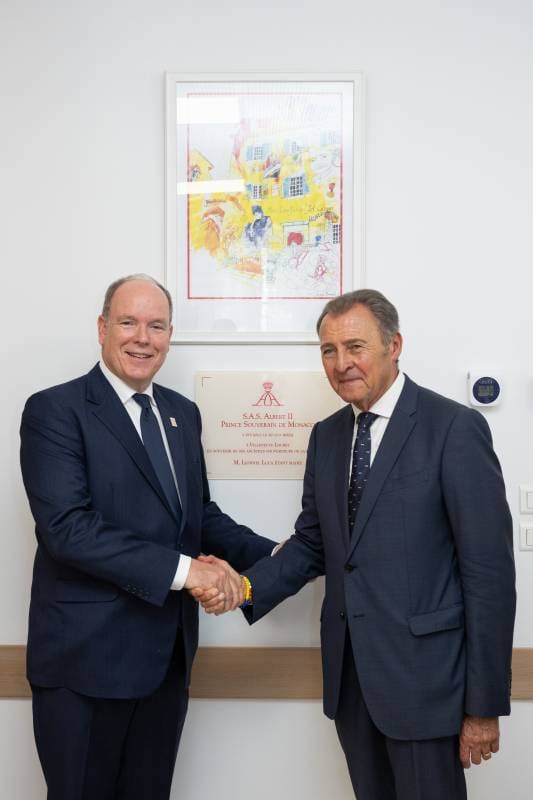
The Prince then embarked on a journey through history, making a pilgrimage to the storied 16th-century Château de Vaugrenier. Mayor Lionnel Luca, ever the affable host, lent a touch of levity to the proceedings as they entered the town hall. “We are not exchanging vows today,” had quipped the Mayor, “but rather celebrating a union forged in history!” A few moments prior, in a symbolic act of unity, Mayor Lionel Luca and Prince Albert II jointly hoisted the Monaco flag aloft on the freshly erected sign at the village’s entrance. With this gesture, the municipality was formally anointed as a “Historical Grimaldi Site of Monaco.”
While the name Grimaldi in Monaco is very familiar to all Monegasques and visitors, the history of this illustrious family elsewhere, is less well known. The enumeration of titles held by the House of Monaco (Duke of Valentinois, Marquis of Baux, Count of Carladès, Baron of Saint-Lô, of Hambye, Count of Longjumeau… to name a few) demonstrates the extent and diversity. These titles, acquired through diplomatic agreements or matrimonial alliances, root the Grimaldi in numerous regions of France and Italy. Nearly 100 sites thus have a connection with the Grimaldis. From this remarkable inventory of monuments, sites, towns, and villages, sprouted the idea of an Association of Historic Grimaldi Sites of Monaco. This is the aim of the association. A route, a network that will allow history and heritage enthusiasts to discover the narrative of 700 years of a family whose members have left an indelible mark on these places in France and Italy.
Many sites, logically, are located in the Alpes-Maritimes. Menton, Roquebrune-Cap Martin, Cagnes-sur-Mer, Grasse, Puget-Théniers and Peille; there are 41 in the department. But the influence of the Grimaldi family extended to Alsace, Brittany, Corsica, and Italy. The association, created in 2015, now has over a hundred members. Mayor of Peille, Cyril Piazza, who chairs the association, explains: “There is already the website, on which each municipality presents its history with Monaco. The next step will be to have a QR code so that people visiting these municipalities can access this history and discover its secrets.”
The municipality of Villeneuve-Loubet has already applied to host and take part in the next edition of the Grimaldi Historical Sites Meetings, typically sited around the Palace surrounds in Monaco.
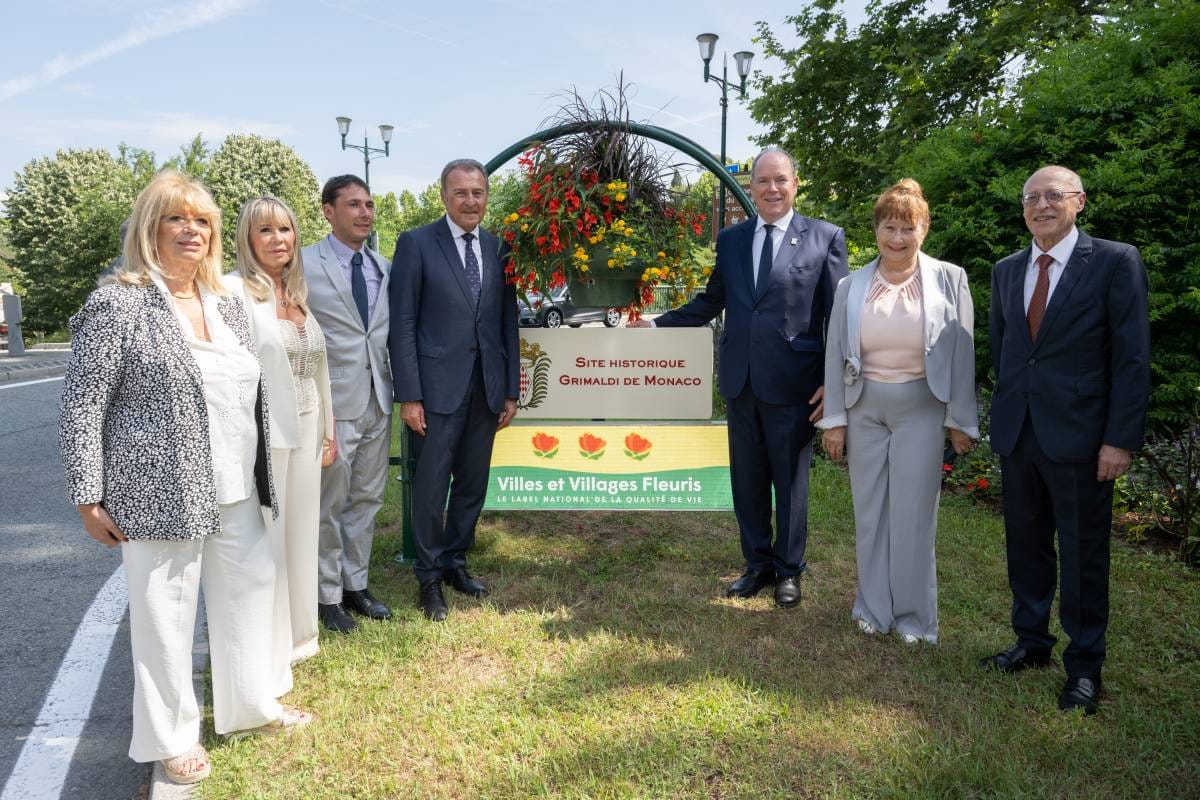
Woodcock On The Menu?
Could Prince Albert I and Auguste Escoffier have shared a dinner together..? They would have struck a magnificent site with the impeccably dressed Prince Albert I and Escoffier elegant in his famous strictly-cut frock coat as he only put on his waistcoat and chef’s hat on Sundays. One could imagine them sharing a glass of wine over a delicious serving of woodcock hunted by Prince Albert and perfectly cooked by Escoffier.
Almost all who have eaten woodcock say that it is the king of game birds. The flavour of woodcock is said to be like nothing else. They say the earth moves when you bite into one that has been perfectly cooked: pink. Only the best for these great world figures.
The secret to well prepared woodcock would have been demonstrated by Auguste Escoffier. When roasting small game birds such as woodcock the roasting temperature must be high. How high? 500 degrees Fahrenheit high! Heaven forbid an undercooked or overcooked woodcock with the masterchef of the world involved.


